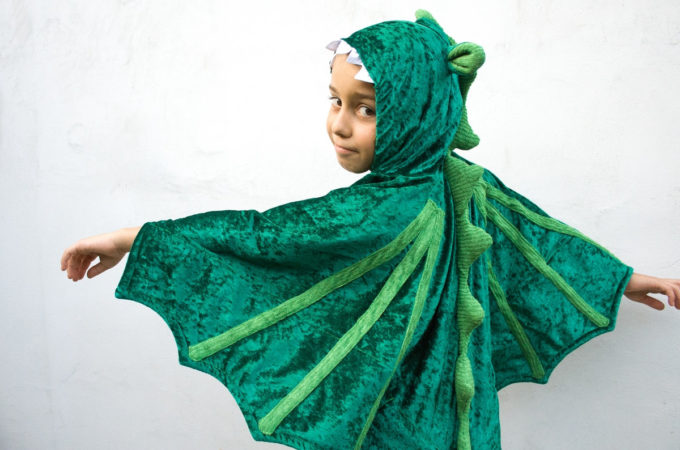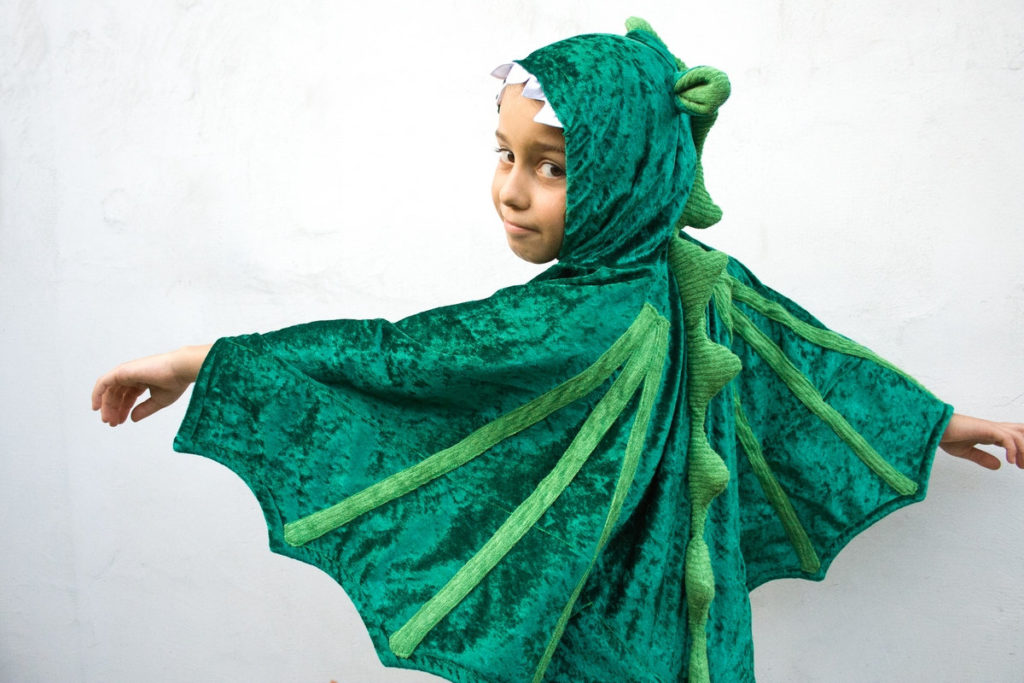Whether it is pretending to be a princess, dragon, or teacher, children love to play pretend. Psychologist Lev Vygotsky said “the child always behaves above his average age, and above his daily behaviour; in play it is as though he were a head taller than himself”. (Alright, maybe 20 heads taller if he’s pretending to be a dragon.)
It’s true that in the real world, children aren’t fire-breathing dragons and they often can’t decide what’s for dinner. However, during pretend play children can take on these imaginative roles and experiment with themes of power. Pretend play encourages and challenges children to step outside their comfort zone, think creatively, explore their feelings, and maybe even expose some vulnerability. It fosters many aspects of self-regulation as children plan their play theme, assign different roles to friends, negotiate through difficult situations, and decide on the rules of play.
Here is what might unfold during pretend play that directly impacts and allows children to stretch their self-regulation muscle:
- Character development – As children begin to assign or take on different characters in the story, there are built-in opportunities for self-selection, choice and negotiation. They can develop their own rules of play and explore a range of emotions (some of which might be avoided in real life).
- Story development – As a story unfolds children expand their capacity to sustain their attention and can continue to explore emotion themes that evolve from the play. When the story becomes more complex and involves a variety of themes (e.g. rescue, nurture, or attack), children adjust their energy and activity levels accordingly and practice transitioning from one to the other.
- Story resolution — Children negotiate and collaborate with each other to figure out a mutually agreed upon “ending”.
Adults can support children to maximize their pretend play time in a variety of different ways:
- Exposing children to a variety of experiences both in real life and via story-telling can provide children with a jumping off point to develop their own pretend play ideas.
- Stack the environment with a variety of toys and objects including
- open-ended items (e.g. boxes, blocks, sheets, or pylons) that can be used in unpredictable and unconventional ways
- objects that encourage different movements and actions (e.g. musical instruments, costumes, or chairs)
- Provide ample time and opportunity for children to explore the space and develop their play ideas.
We can even join the play and have fun pretending to be BIG, strong dragons too!
—
Amanda & Eunice
This article was initially published in the MEHRIT Centre’s Fall Newsletter. To learn more about self-regulation and to read the rest of the newsletter click here.



